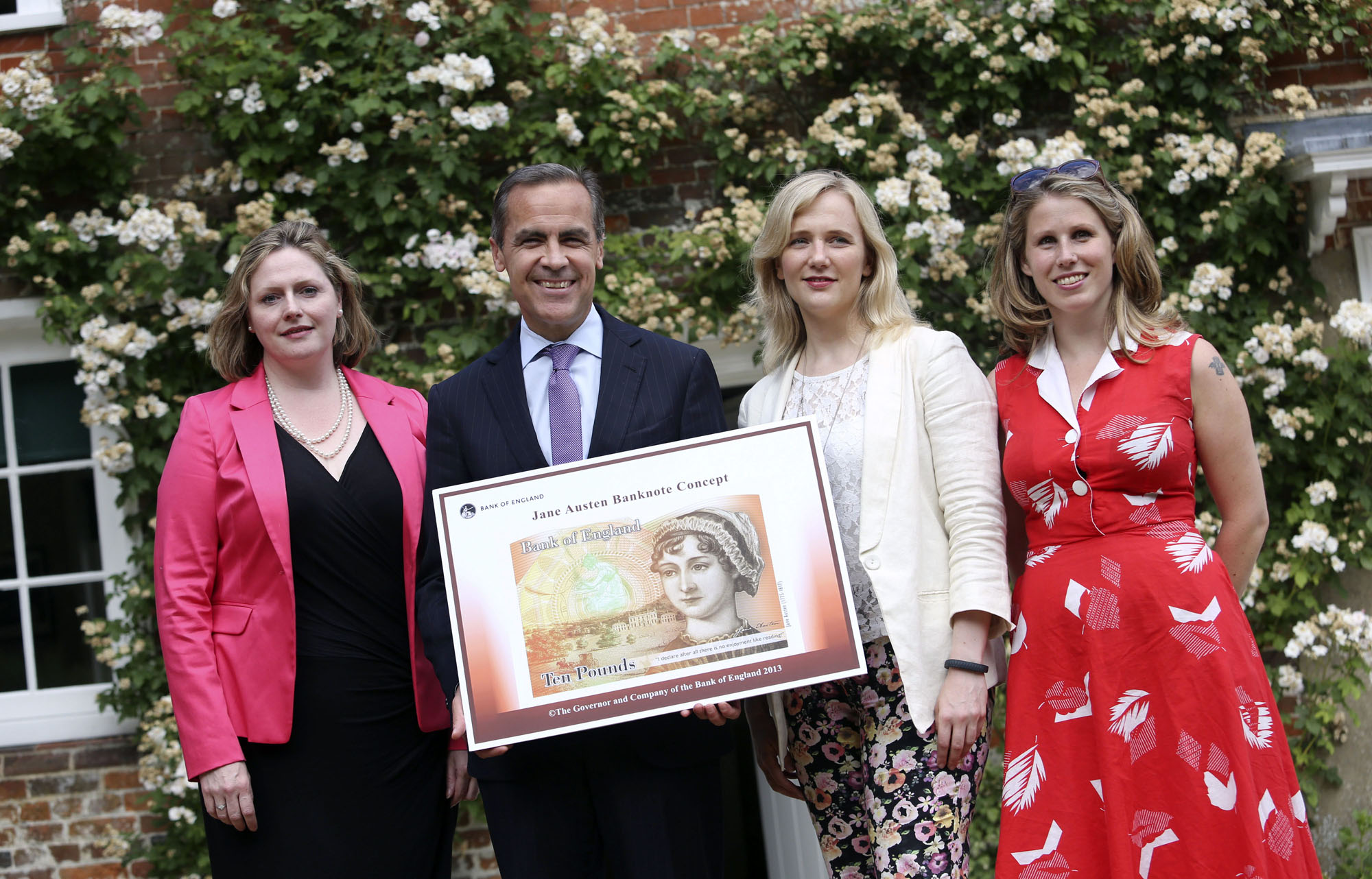Two thousand, three hundred and ninety-three years ago, in 380 B.C., Plato wrote the myth of the Ring of Gyges, in which the shepherd, Gyges, discovers a ring that makes him invisible at will. Gyges promptly uses the protection this offers to infiltrate the royal household, seduce the queen, assassinate the king and take the kingdom. Plato goes on: "If now there should be two such rings, and the just man should put on one and the unjust the other, no one could be found, it would seem, of such adamantine temper as to persevere in justice."
Plato felt that the protection of being unidentifiable could corrupt even the most morally upstanding person. After what she's gone through, Caroline Criado-Perez might well sympathize with that bleak assessment. After she had successfully petitioned to have Jane Austen's image appear on the new £10 banknote, Twitter trolls used the anonymity of the Internet to inundate her with threats of rape and violence.
It took another petition and a media storm to overcome the inertia that seems to exist when social networks and the police are asked to deal with online abuse. When member of Parliament Stella Creasy stepped in to support and defend Criado-Perez, the Twitter trolls began to target her too. And in the final twist, several female journalists were sent bomb threats. So who are the trolls sending these messages? And what motivates them to behave like this?



